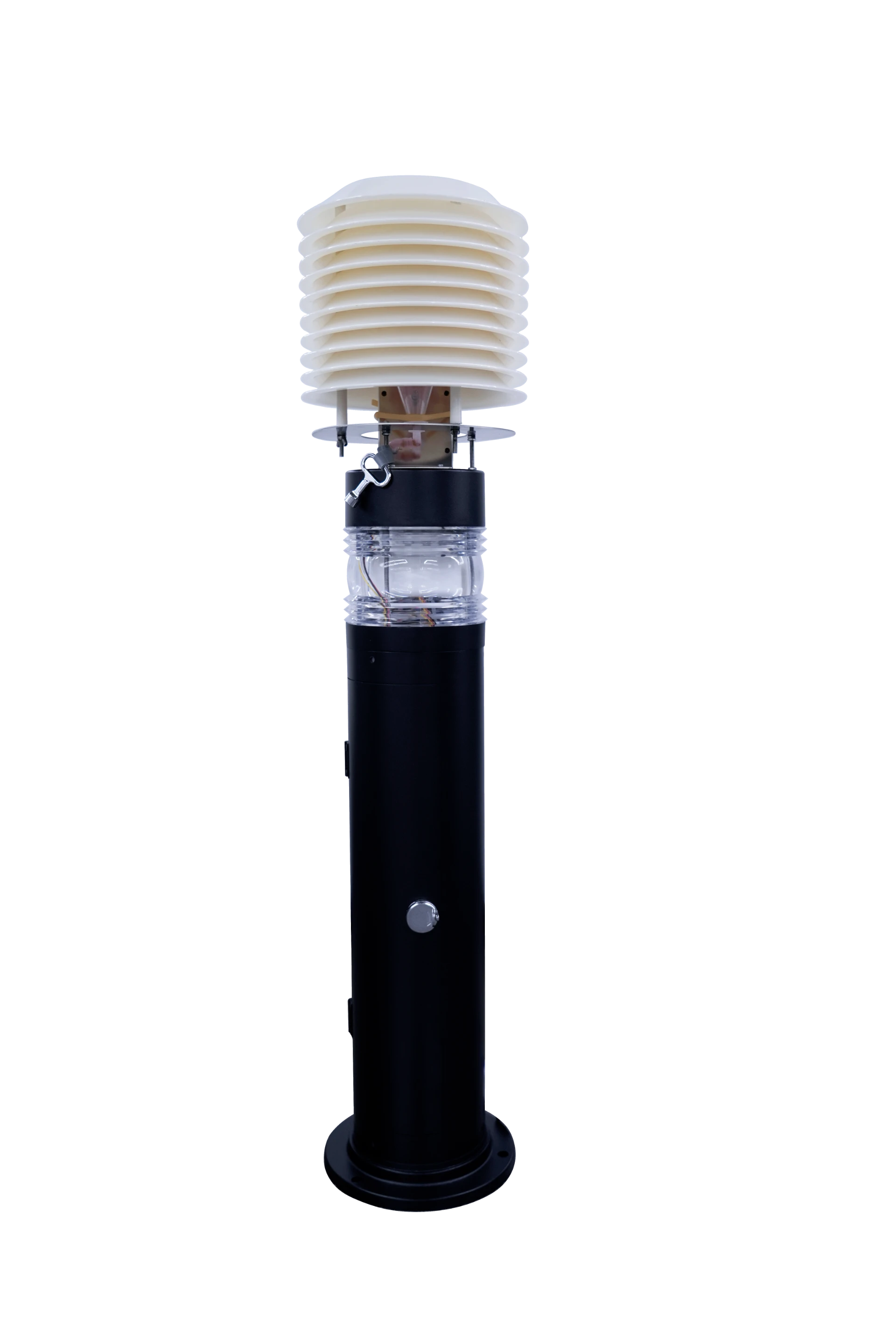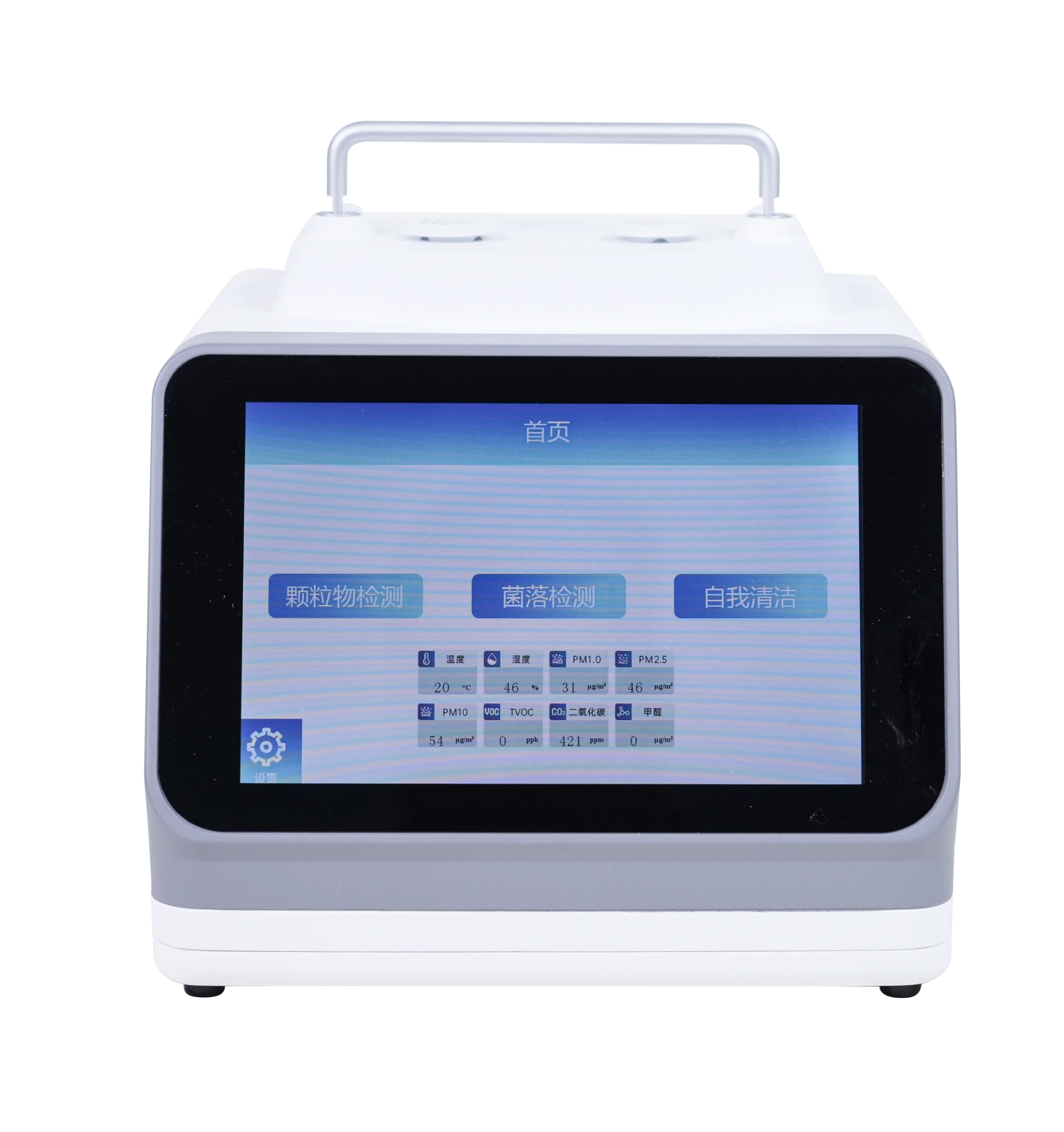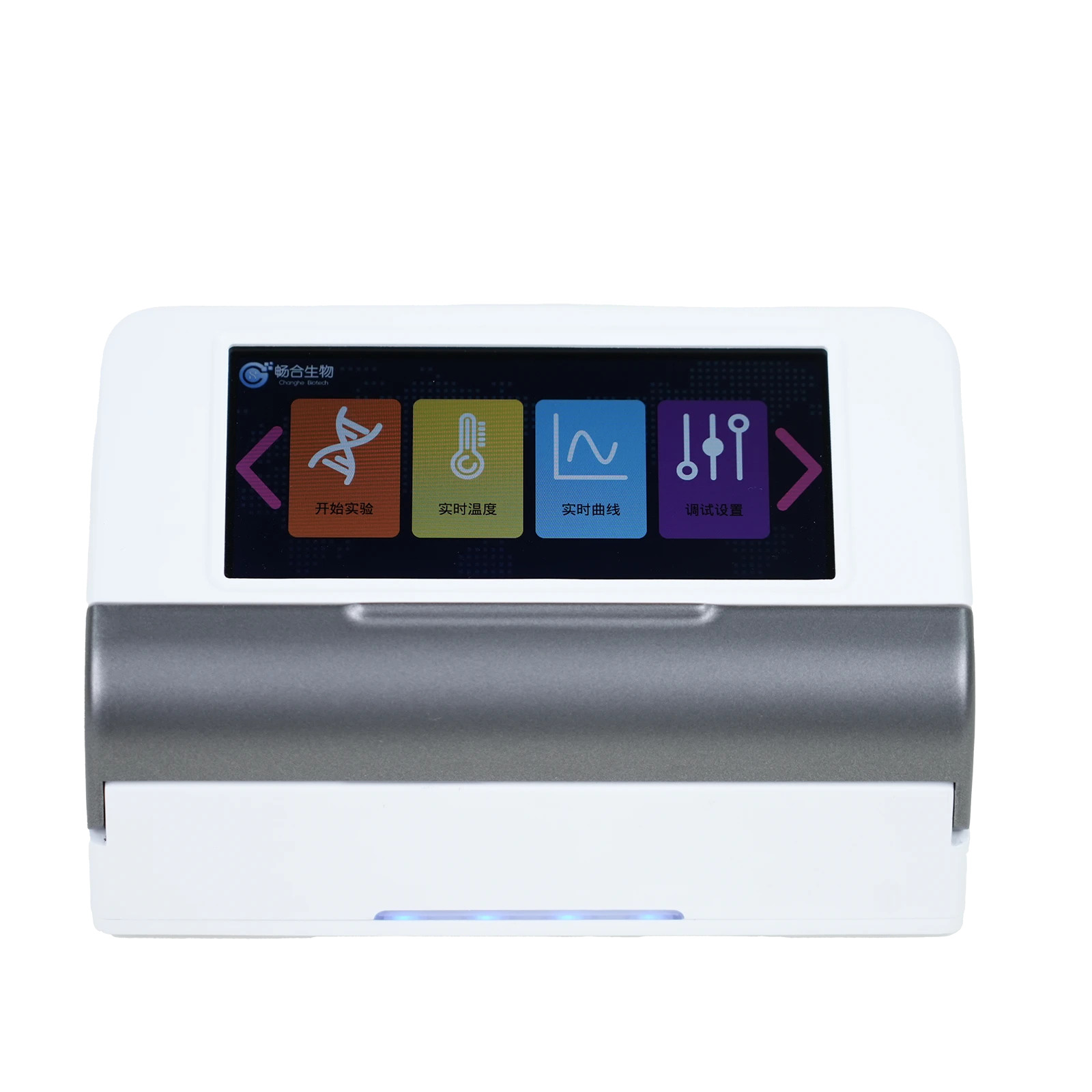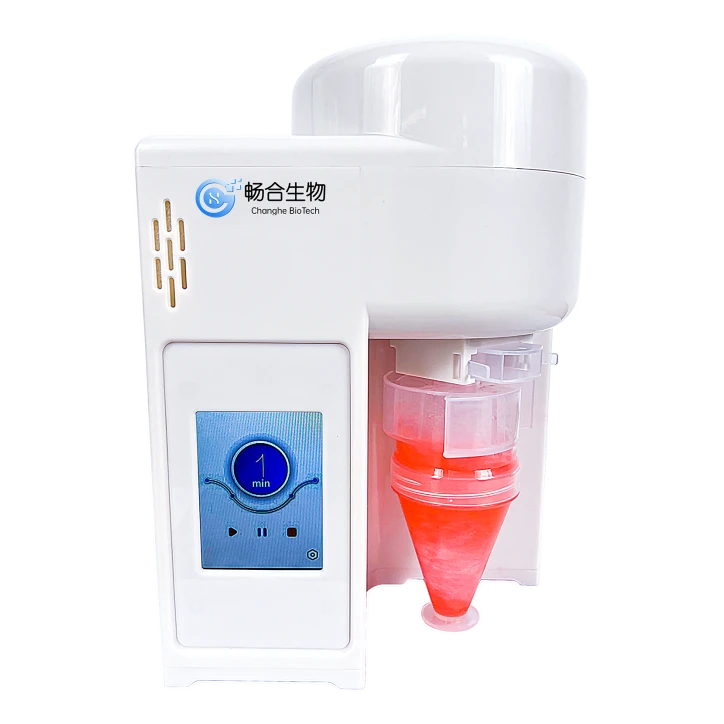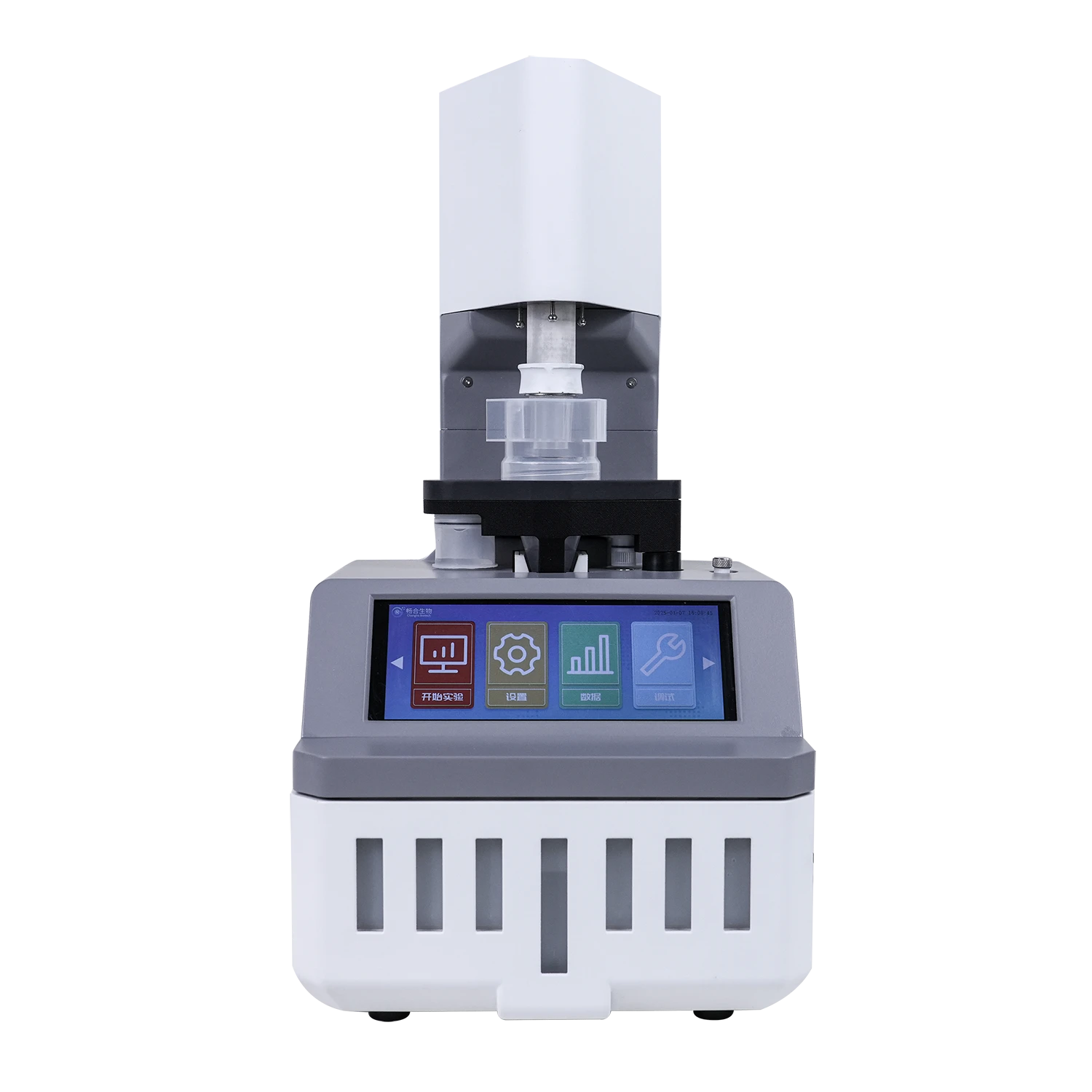Email: SJ.NI@CH-BIO.CN | Phone: 0086 13472814759 | Address: FLOOR 7, NO.1588 HUHANG ROAD, SHANGHAI, CHINA
Website: www.bioaerosolsampler.com
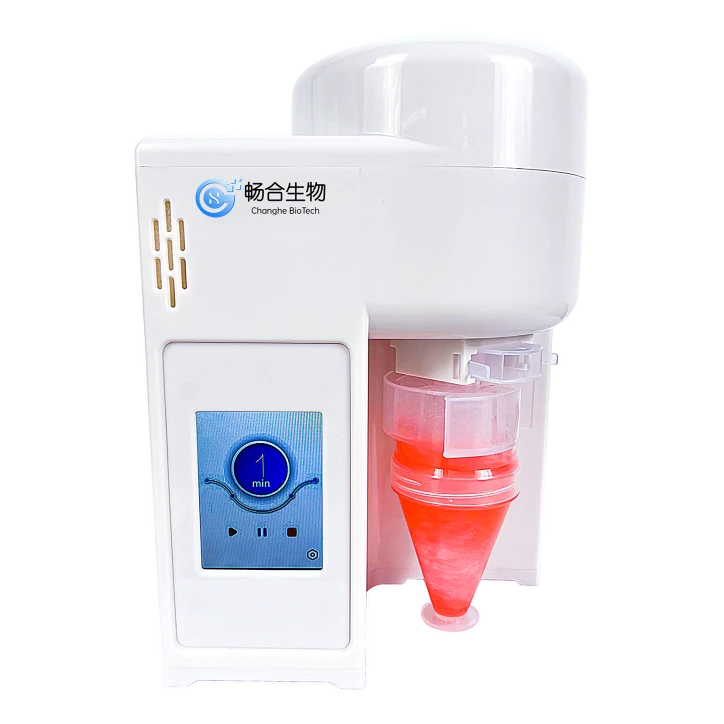
Introduction to Bioaerosol Sampling
The field of environmental monitoring has witnessed significant advancements with the emergence of sophisticated bioaerosol sampler technology. These devices play a critical role in detecting and analyzing biological particles suspended in air, ranging from pathogenic microorganisms to allergenic substances. Modern biological samplers utilize cutting-edge mechanisms to capture viable specimens for laboratory analysis, enabling researchers to assess air quality in various environments including hospitals, industrial facilities, and public spaces.
Among the innovative solutions in this field, the CA-1-300 bioaerosol sampler developed by SUZHOU CHANGHE BIOTECH stands out for its advanced wet-cyclone technology. This device meets diverse sampling requirements across multiple scenarios by efficiently capturing biological particles without significantly compromising their viability. The sophisticated design of biological sampler the cycle process ensures minimal stress on microorganisms during collection, resulting in more accurate lab analysis and detection capabilities.
Industry Trends in Bioaerosol Monitoring
Recent global health concerns have accelerated research and development in air quality monitoring technology. According to research published in the Journal of Aerosol Science, demand for high-efficiency bioaerosol sampler units has grown by approximately 45% since 2020. Current development focuses on three primary areas:
- Automation and integration: Modern biological samplers increasingly incorporate automated features for scheduled sampling, remote monitoring, and cloud-based data analysis.
- Portability and field deployment: Compact designs and battery-powered operations enable environmental researchers to conduct air quality assessments in remote locations without power sources.
- Enhanced viability preservation: Advanced collection media and specialized cyclone designs maintain microorganism integrity during the sampling process.
SUZHOU CHANGHE BIOTECH has positioned itself at the forefront of these developments through continuous innovation. The core technology behind their biological sampler the cycle operation demonstrates significant improvements in particle capture efficiency and biological preservation compared to earlier generation devices.
Technical Specifications of Modern Bioaerosol Samplers
Understanding the technical parameters of bioaerosol sampler devices is essential for proper selection and deployment. The following table compares key specifications of leading models currently in the market:
| Parameter | CA-1-300 (Changhe Biotech) | BioCapture-400 | AeroScan Pro |
|---|---|---|---|
| Sampling Principle | Wet-cyclone technology | Impaction | Filtration |
| Flow Rate Range | 100-300 L/min | 200 L/min (fixed) | 50-150 L/min |
| Particle Size Range | 0.5-10μm | 1-15μm | 0.3-15μm |
| Collection Efficiency | >99.5% for 1-5μm | >98% for 1-10μm | >97% for 0.5-10μm |
| Bacteria Sampler Viability | >90% preserved | ~75% preserved | 60-70% preserved |
| Operation Time | Up to 8 hours continuous | 6 hours maximum | 4.5 hours |
| Portability | 7kg, wheeled case | 10kg, carrying handle | 5kg, backpack design |
The CA-1-300 bioaerosol sampler showcases exceptional performance particularly in preserving microorganism viability, a critical factor for accurate pathogenic identification. This device employs an optimized biological sampler the cycle mechanism that reduces shear forces during collection, making it particularly valuable for bacteria sampler applications where maintaining cellular integrity is crucial.
Performance Analysis Visualization
Diverse Application Scenarios
Biological samplers serve critical functions across numerous sectors requiring precise airborne microorganism detection:
Healthcare Environments: Hospitals utilize advanced bioaerosol sampler systems to monitor operating theaters, isolation rooms, and intensive care units. This helps prevent nosocomial infections by identifying pathogen hotspots and validating sterilization protocols.
Industrial and Manufacturing Facilities: Pharmaceutical production plants employ these devices to ensure cleanroom compliance and prevent product contamination. Bacteria sampler models specifically designed for manufacturing environments incorporate explosion-proof casings and specialized collection media for different contaminants.
Environmental Research: Climate scientists deploy portable biological samplers to study microbial dispersal patterns and understand bioaerosol contributions to cloud formation and precipitation events. The biological sampler the cycle technology proves particularly valuable in these applications due to its ability to preserve biological material integrity during extended field deployments.
Public Health Surveillance: Airborne pathogen detection systems have become crucial tools for epidemic monitoring and containment. During recent global health events, modified bioaerosol sampler units deployed in transportation hubs provided early warning capabilities for emerging biological threats.
SUZHOU CHANGHE BIOTECH: CA-1-300 Bioaerosol Sampler
The bioaerosol sampler CA-1-300 represents a significant technological advancement in environmental monitoring solutions. This instrument's core innovation lies in its wet-cyclone sampling mechanism that creates a liquid vortex to effectively capture airborne biological particles without compromising their viability.
Distinct technical advantages of this biological sampler include:
- Programmable sampling durations from 1 minute to 8 hours
- Automated collection media management with temperature control
- Integrated HEPA filter system to prevent external contamination
- Advanced calibration system that automatically adjusts flow rates
- Wireless data transmission capability for remote monitoring
As noted by environmental scientists in a recent study published by the International Society for Indoor Air Quality and Climate (ISIAQ), devices like the CA-1-300 that optimize biological sampler the cycle operations show significant improvement in pathogen recovery rates compared to conventional impactors and filtration-based collectors.
Technical Expertise: Bioaerosol Sampler FAQs
What materials are used in constructing the CA-1-300 sampling unit?
The device features aviation-grade aluminum housing with corrosion-resistant coating on critical flow paths. The cyclone chamber is precision-engineered using medical-grade 316L stainless steel, while sampling chambers utilize biocompatible polymers that prevent microorganism adhesion.
How frequently should calibration be performed on a biological sampler?
Manufacturers typically recommend initial calibration every 500 operational hours or quarterly. The CA-1-300 incorporates automatic flow verification technology that extends recommended calibration intervals to 1,000 operational hours or bi-annually under normal operating conditions.
What power requirements does modern bioaerosol sampler technology require?
Standard laboratory units typically require 110-240V AC current. Field deployable models like the CA-1-300 support both AC power and rechargeable battery packs that provide 8 hours of continuous operation with standard configuration. Optional extended batteries provide 16 hours of field operation.
What particle size range can modern biological samplers effectively capture?
Advanced models efficiently collect particles ranging from 0.5μm to 15μm depending on configuration. The CA-1-300 demonstrates >99% collection efficiency for particles within the 1-10μm range which includes most pathogenic bacteria and fungal spores.
What industry standards govern bioaerosol sampler design and operation?
Devices must comply with ISO 14698-1 standards for biocontamination control and validation. Additionally, US CDC guidelines specify requirements for healthcare environment air sampling, while ISO 16000 standards address indoor air monitoring protocols across different application scenarios.
How does the wet-cyclone mechanism in the CA-1-300 preserve sample viability?
The technology creates a low-pressure liquid vortex where particles undergo reduced acceleration compared to impactors, minimizing cellular damage. Patented buffer solution formulas further protect microorganisms through osmotic balance maintenance during the biological sampler the cycle process.
What laboratory analysis methodologies are compatible with collected samples?
Samples collected by the CA-1-300 support a wide range of analyses including culture plating, PCR analysis, next-generation sequencing, flow cytometry, and immunoassay testing. The collection media has been validated for compatibility with common molecular biology reagents and procedures.
Industry Citations and References
- Journal of Environmental Monitoring, 2022
Read the Full Study
- Applied and Environmental Microbiology, 2023
Research Publication
- Aerosol Science and Technology, 2023
View Research
Pioneering Air Quality Solutions Since 2015
Request Product Specifications


